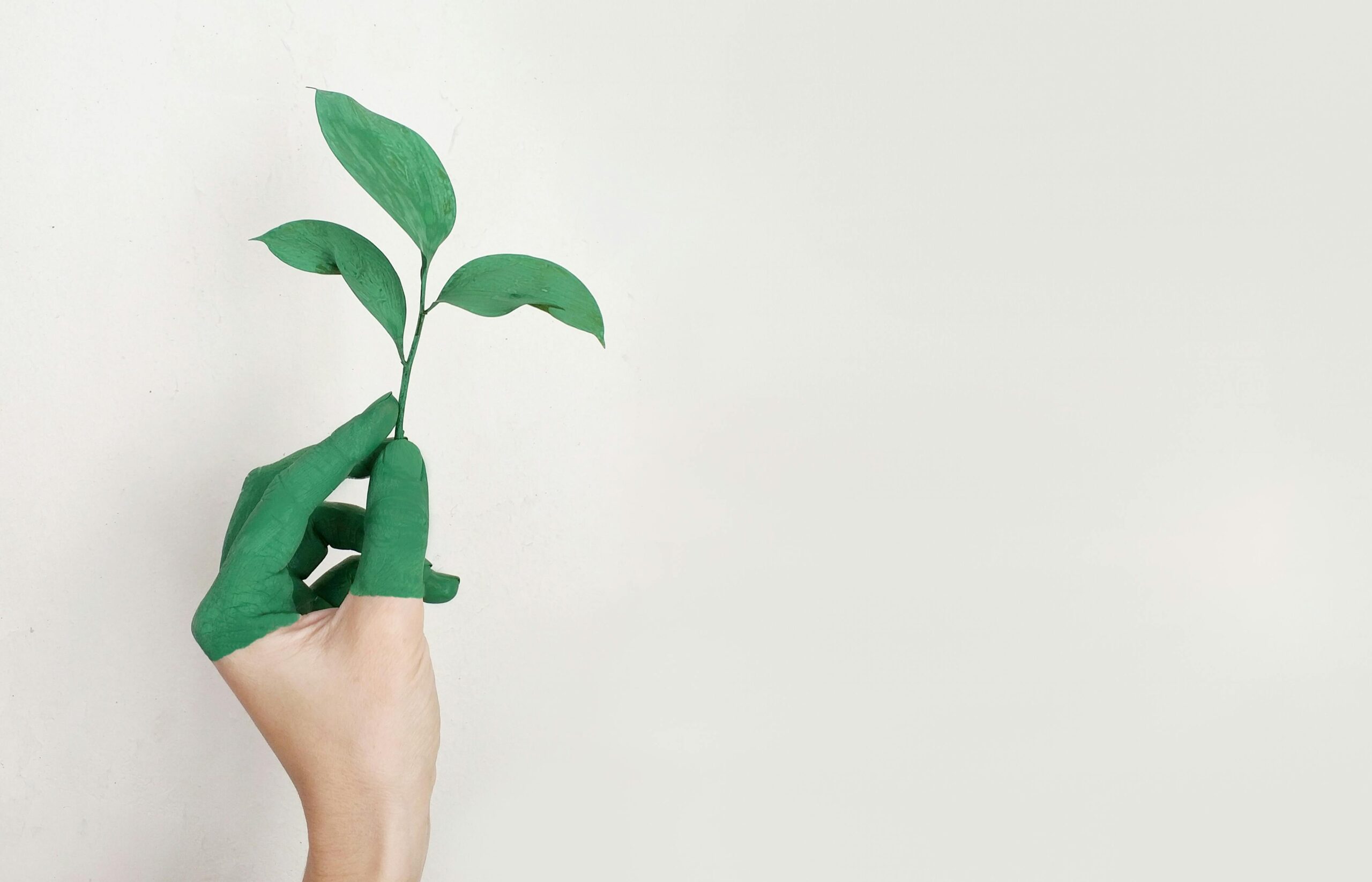Making your home more environmentally friendly doesn’t have to be a costly endeavor with minimal returns. In fact, many eco-friendly home upgrades can significantly reduce your monthly utility bills while decreasing your carbon footprint. From simple changes like installing low-flow fixtures to more substantial investments such as improved insulation, sustainable home improvements offer both immediate and long-term financial benefits. This article explores cost-effective green modifications that help preserve natural resources while preserving your bank account.
The Financial Benefits of Sustainable Home Improvements
When homeowners consider renovations, the initial cost often takes center stage in decision-making. However, eco-friendly home upgrades typically offer exceptional return on investment through reduced utility bills. A sustainable home isn’t just better for the environment—it’s better for your wallet too. Energy-efficient modifications can reduce monthly expenses by 10-40% depending on the upgrades implemented and your current consumption levels. Additionally, many green improvements increase property values, with studies showing that homes with energy-efficient features sell for up to 4% more than comparable properties without them. Even better, many utility companies and government agencies offer rebates and tax incentives for implementing specific energy-saving measures, further enhancing the financial benefits of going green.
Low-Flow Fixtures: Maximum Water Conservation, Minimal Effort
One of the simplest yet most effective eco-friendly home upgrades involves installing low-flow fixtures throughout your home. The low flow fixtures benefits are substantial—these simple devices can reduce water consumption by up to 60% compared to traditional fixtures. A standard showerhead uses approximately 2.5 gallons of water per minute, while low-flow alternatives use 1.5 gallons or less without compromising water pressure. Similarly, low-flow faucets can reduce sink water usage by 30-50%. For a family of four, these modifications can save 10,000-20,000 gallons of water annually, translating to significant savings on water bills. Installation is straightforward—most homeowners can replace showerheads and faucet aerators themselves in minutes, making this an accessible entry point for sustainable home improvements.
Smart Thermostats: Intelligent Climate Control
The smart thermostat energy savings potential makes these devices among the most popular eco-friendly home upgrades today. Unlike programmable thermostats that follow rigid schedules, smart thermostats learn your habits and preferences, automatically adjusting temperature settings for optimal efficiency. Many models can detect when no one is home and adjust accordingly, preventing unnecessary heating or cooling of empty spaces. They also allow remote control via smartphone apps, enabling adjustments from anywhere. According to Energy Star, homes using smart thermostats save an average of 8% on heating and cooling costs annually—approximately $50-$100 per year for most households. While the initial investment ranges from $100-$300, the payback period is typically just 2-3 years, after which the savings continue with minimal maintenance required.
LED Lighting: Bright Ideas for Energy Efficiency
Replacing traditional incandescent bulbs with LED lighting creates remarkable cost savings while reducing environmental impact. LEDs use approximately 75% less energy than incandescent bulbs and last 25 times longer. The LED lighting cost savings add up quickly—a typical household can save $75 annually by replacing just five frequently used bulbs. Over the 10+ year lifespan of LED bulbs, this represents hundreds of dollars in reduced electricity costs and replacement expenses. While LED bulbs initially cost more than incandescent options, prices have decreased significantly in recent years, making the transition more affordable. For optimal savings, focus first on replacing bulbs in fixtures used most frequently, such as kitchen lights, living rooms, and outdoor security lighting.
Improved Insulation: The Invisible Money-Saver
Perhaps no eco-friendly home upgrade offers more substantial energy savings than proper insulation. Up to 40% of heating and cooling energy can escape through poorly insulated walls, attics, and crawl spaces. Adding or upgrading insulation creates a more efficient thermal envelope that maintains comfortable temperatures with less energy consumption. Attic insulation typically offers the greatest return on investment, as heat rises and escapes through this area. Professional installation from experts you can find through platforms like AskHomey ensures proper materials and techniques for your specific climate zone. While insulation upgrades require higher initial investment than other improvements discussed, they generate the most substantial long-term savings—typically 15-20% on heating and cooling costs annually—while dramatically improving home comfort by eliminating drafts and temperature fluctuations.
Weatherstripping and Sealing: Simple Solutions for Air Leaks
Complementing improved insulation, weatherstripping and sealing cracks around windows, doors, and other openings prevent conditioned air from escaping your home. This inexpensive eco-friendly home upgrade can reduce heating and cooling costs by up to 10%. Materials like caulk, expanding foam, and adhesive weatherstripping are affordable at any hardware store and installation requires minimal tools or expertise. Focus on areas where different building materials meet, such as where window frames connect to walls, as these junctions are particularly prone to air leakage. For best results, combine weatherstripping with proper insulation to create a comprehensive thermal barrier around your living space.
For more tips and to connect with reliable home service professionals, follow AskHomey on Facebook and Instagram.



